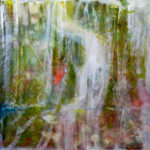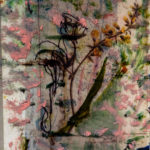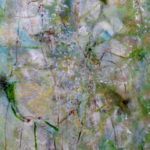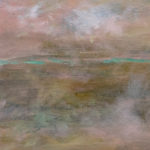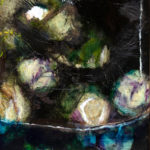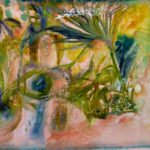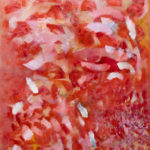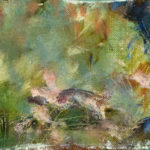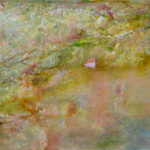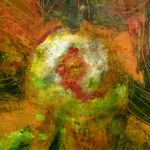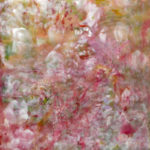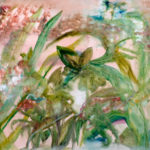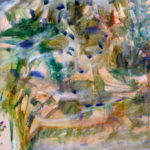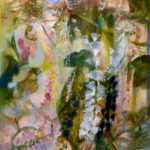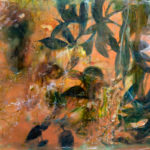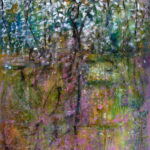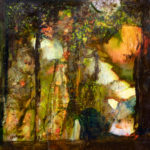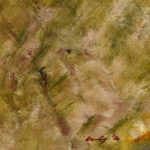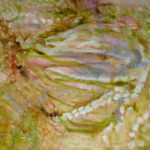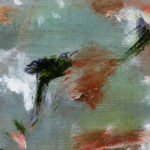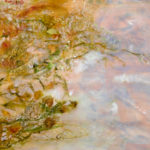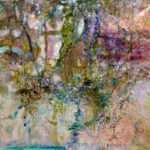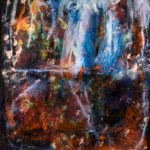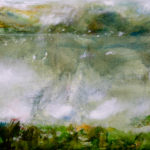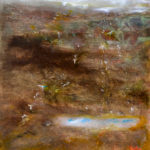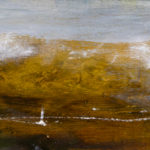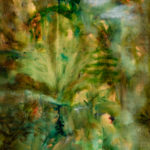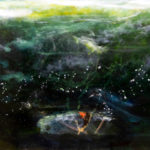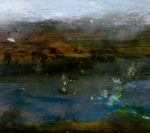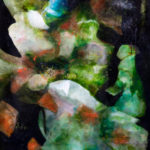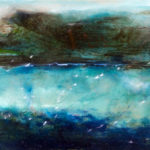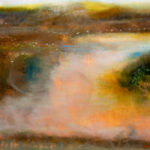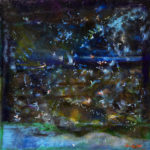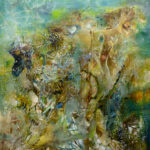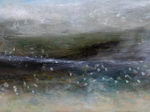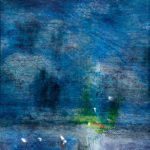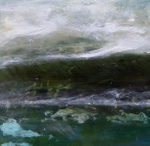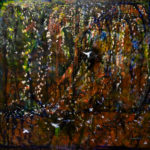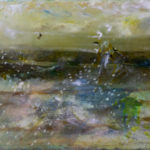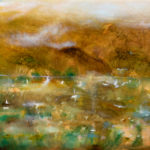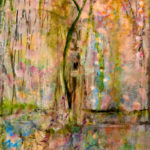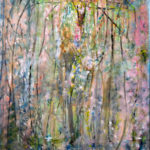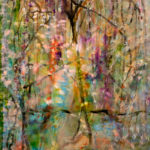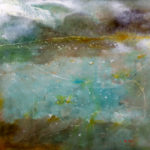- 2020 oil on Belgian linen 168 x 170cm, Sold
- 2020 oil and ink on plastic and paper 29 x 20cm, Sold
- 2020 oil on Belgian linen 150 x 90cm, Sold
- 2020 oil on Tasmanian oak panel, framed in Tasmanian oak channel 98 x 226cm, $20,000
- 2020 oil on whiteboard panel 30 x 180cm, Sold
- 2020 oil on canvas 40 x 30cm, Sold
- 2020 oil on Belgian linen 145 x 200cm, Sold
- 2020 oil on Belgian linen 120 x 100cm, Sold
- 2020 oil on Belgian Linen 35 x 13cm, Sold
- 2020 oil on Belgian linen 125 x 205cm, Sold
- 2020 oil on Belgian linen 13 x 35cm
- 2020 oil on Belgian linen 125 x 90cm, Sold
- 2020 oil on Belgian linen 100 x 200cm, Sold
- 2020 oil on Belgian linen 100 x 200cm, Sold
- 2020 oil on Belgian linen 120 x 90cm, Sold
- 2020 oil on Belgian linen 158 x 200cm
- 2020 oil and enamel on Belgian linen 115 x 100cm
- 2020 oil on Belgian linen 85 x 85cm, Sold
- 2020 oil on Belgian linen 13 x 20cm, Sold
- 2020 oil on Belgian linen 145 x 200cm
- 2020 oil on Belgian linen 13 x 35cm, Sold
- 2020 oil on Belgian linen 120 x 200cm, Sold
- 2020 oil on Belgian linen 185 x 200cm, Sold
- 2020 oil on Belgian linen 25 x 20cm, Sold
- 2020 oil on Belgian linen 61 x 61cm, Sold
- 2020 oil on Belgiaan linen 92 x 90cm, Sold
- 2020 oil on Tasmanian oak 11 x 41.5cm, Sold
- 2020 oil on Belgian linen 122 x 52cm, $8,000 (framed in oak)
- 2020 oil on Tasmanian oak board 61 x 91cm, Sold
- 2020 oil on Tasmanian oak 28 x 205.5cm, Sold
- 2020 oil on canvas 120 x 56cm, Sold
- 2020 oil on Tasmanian oak 40 x 120cm, Sold
- 2020 oil on Belgian linen 80 x 124cm, Sold
- 2020 oil on Belgian linen 98 x 97cm, Sold
- 2020 oil on Belgian linen 200 x 165cm, Sold
- 2020 oil on Tasmanian oak 28 x 244cm, $12,000 (framed)
- 2020 oil on Belgian linen 20 x 13cm, Sold
- 2020 oil on Tasmanian oak 31 x 206cm, $12,500 (framed)
- 2020 oil on Belgian linen 161 x 168cm, Sold
- 2020 oil on panel 45 x 180cm, $12,000 (framed)
- 2020 oil on Belgian linen 80 x 124cm, Sold
- 2020 oil on Belgian linen 120 x 80cm, Sold
- 2020 oil on Tasmanian oak panel 120 x 90cm, Sold
- 2020 oil on Belgian linen 120 x 80cm, Sold
- 2020 oil on Belgian linen 96 x 105cm, Sold
“Virtuosic sense of place, of Tasmania… honestly, I don’t get how you do that.” – Stephen Lees
“The portrait of me by Richard Dunlop, Tim Olsen: The Man in Black, hung in the 2008 Archibald, was my Dorian Gray moment. Once a handsome young man, by then the sins, weaknesses and the decadence of my life were written all over my face, exposed in the most visited exhibition in Australia, for the whole world to see. It is the darkest, most lugubrious version of a beaten-up art dealer who has been poisoned by celebration. Expressing my amazement that it was hung at all to Edmund Capon, he replied: ‘It does have a certain likeness. He’s really captured you.’” – Tim Olsen, Art Dealer, Sydney and New York, 2020
“Dunlop’s work here is very much about fragments [of North Tasmania] that seize his attention and there’s a lot of movement captured in them – birds drift across a distant estuary, a waterfall gushes and sprays. Parallel to this, Dunlop also captures some beautiful panoramic visions that literally stretch themselves out, long and thin. He’s not averse to working within the physical shape of a painting either – some works are impressively massive and feel as though they are dripping over the edges, while others are elegant wisps of colour that stretch into the distance. These long works are particularly engrossing – you literally have to turn your head to take them in – and when the realisation dawns that you’re likely doing just what the artist did when he made the work, a new appreciation of how well Dunlop shares his vision emerges.” – Andrew Harper 2020
“Every time I go to create a new painting following a new train of thought, I realise that you have already explored it in images at least a decade beforehand.” – Anonymity preferred, correspondence from prominent Sydney artist
“It reminds us of some of the infinitely complex and subtle things that go into the art of painting… In fact, a painter looks at the world but no more copies it than a novelist or a filmmaker does. Even when a particular site is the subject of a landscape, or a set of objects on a table the basis of a still life, the painter has to translate elusive and changeable visual data., and even more importantly the intangible presence latent in what is seen, into objects of an entirely different order, composed of layers of pigments that must be brought into harmonious relations with each other; and these painted artificial forms must be subordinated to the abstract geometry of the picture plane and the frame.” – Sound advice from Christopher Allen, Art Commentator
“When I noticed that there were actually very few landscape paintings made about Queensland or North Tasmania, two places I dearly love, I decided some time ago to fill the void.” – RD 2020
“A compelling painter of light, the movement and moments of weather and terrain.” – Trudi Curtis, Art Dealer
